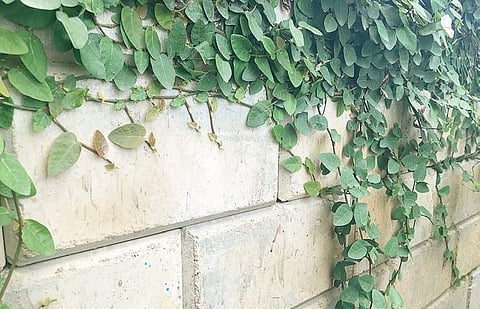

High Recycled Content in products that use Fly Ash (FA) makes them a go to substitute, in a sustainable building material roster. However, the handling and management of FA is slated to be a major concern in the coming years. This fact has been recognised around the world for some time now and recently the Central Pollution Control Board has raised a red flag against this material for India as well.
FA is a fine powder — a byproduct from burning pulverized coal in electric power plants. It is a pozzolan, a substance containing aluminous and siliceous material that forms a compound similar to Portland cement in the presence of lime and water. Cement, usually constitutes about 11% of the volume of concrete. It is energy intensive to produce, and a high source of CO2 (a significant contributor of greenhouse gases). Worldwide research to find supplementary cementing materials (SCMs) that reduce cement used in concrete has identified FA as a suitable candidate. It has since gained acceptance and found many applications in the construction industry.
India currently generates 184 million tons (mT) fly ash per year; 56% of it (102.5 mT) is dry-handled ash, which gets recycled into useful building materials. Non-recycled FA is stored in ‘ash-ponds’, where it is mixed with water and the slurry allowed to drain or evaporate. This is a costly and water intensive affair using up to 1000L of water per ton of FA. By 2031 it is projected that we will generate 900 mT of fly ash. If the utilisation ratio remains the same, there will remain 500 mT of unutilised fly ash per year.
Many decades back, power plants would shamelessly dump FA into the seas; which would be a disastrously profligate option now!
FA produced by coal-fired power plants is used to manufacture blended cement, mosaic tiles, and hollow and solid blocks. It can even be used as the prime material in paving or bricks. Plain Cement Concrete pavements and roadways are other major uses for the material where they substantially replace cement in concrete thereby providing significant economic benefits. FA has also been used as embankment and mine fills, and some foreign governments have even gone to the extent of mandating use of FA for Highways and Roadways. It has become a favoured ‘green’ building material and considered an Environmentally Preferred Material by the Green Building Councils around the world.
From a sustainability viewpoint; recycled or materials with high recycled content, reclaimed materials, or those which reduce overall life-cycle impacts, are preferred. The recent program by the Indian pollution control authorities focuses on the statistics of FA generation in the country. New regulations of the Ministry of Environment and Forests (MoEF) have made the utilisation of FA mandatory for building roads and other civil construction activities.
We have to innovate to strike it right. FA is the perfect example of a great material needing balance — Sustainability through Reuse vs. Pollution through Disposal. Any construction material or technique that utilises FA recycles power plants’ waste and protects our environment from degradation. That makes them uber!
Pavitra Sriprakash @pavisriprakash